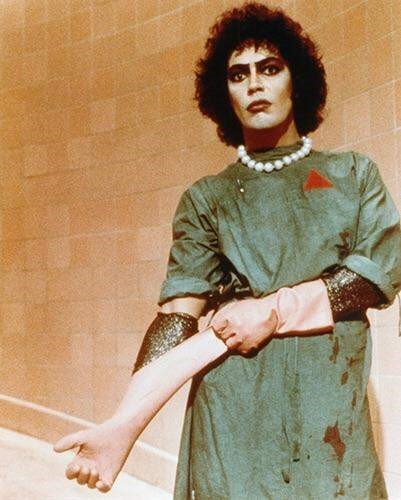Building Bodies

My take on bodies
An electric guitar body serves several purposes. It provides a place to attach (and hide) hardware and electronics, and provides a counterweight for the neck, specifically the tuners out there at the end. It also provides enough weight and bulk to stabilize the instrument while it is played, either sitting or standing, while at the same time being not too heavy or interfering with natural playing motions and access to the strings. And needless to say, it must be strong enough to resist the effects of string tension, which can be 100-200 pounds or more.
As long as a body fulfills these requirements, nothing else really matters. For examples, I will critique a few solid body styles:
- Telecaster: pretty good, a little heavy
- Stratocaster: perfection ( derived from Precision bass: perfection )
- Jazz bass: needlessly bloated
- Stingray: perfection, good job Leo !!!
- Les Paul: fat and heavy
- SG: lightweight fun
- the rest of Gibson's catalog: what were they thinking?
- all Rickenbackers: good horns for balance
- Steinberger, original 'stick': too small, unstable, hard to play
Balance is really only an issue with basses, which have long necks and heavy tuners, and often ridiculously oversized headstocks. Guitars, with much shorter necks and lighter tuners, have much less of an issue, you really have to work at it to make a badly unbalanced guitar. Short-scale basses have less of a balance issue than long-scales.
There are three solutions to the balance problem:
- lighter neck
- heavier body
- horns
The first option is often not practical without radically changing the design, headless, for example. With the weight of the tuners actually shifted to the body, and the headstock reduced or removed, headless designs balance very well. Lightweight tuners will also make a difference, there are many models that are significantly lighter than classic 'elephant ears'.
The second option is not very desirable. I think an instrument should weigh no more than ten pounds, preferably more like seven or eight. That leaves around six pounds for the loaded body. One way to get some of the good without all of the bad is to chamber out the body at the front or neck end, leaving the back end solid. This biases the weight towards the rear, but you are still fighting Archimedes - the neck is a long lever, and the body is a short one. Also, wood is simply not that dense. At times, I have actually added lead weights to overly lightweight bodies. This can make them feel much better, and this method should not be overlooked.
The third option is Leo Fender's greatest genius. Instead of fighting Archimedes, use him - move the fulcrum. A horn shortens the effective length of the neck lever and lengthens the body. Another way to make a design balance better is to bury the neck deeper in the body. This denies access to the higher frets but otherwise works the same as a horn. This also moves the bridge back, which can make a small difference.
No guitar is going to balance perfectly by the strap button. It is silly to expect that. In use, you are going to have one hand around the neck at all times, and your other arm pinning down the body, and the instrument is going to stay put. "Neck dive" is an artificial subject for whiners. If you let completely go of almost any guitar, the neck is going to drop, but that's not playing, is it? If you are actually playing it, even a Thunderbird is going to stay up.

When seated, a guitar should stay put in your lap. This can be accomplished with a suitable lap curve. I can name a number of designs that are unplayable seated: the Vox Phantom and Flying-V are the two most obvious ones. Steinberger's stick bass was also largely unplayable until he added a lot of extra claptrap that pretty much defeated his original minimalism. Another factor that can make a guitar difficult to play seated is a body with a too-thin or overly rounded edge - it just doesn't 'stick', and may slide out toward your knee. Although it has no lap curve at all, the "Cowbell" above sits nicely thanks to the roughness of the body binding.
As long as you fulfill the basic requirements, you can build an electric guitar body out of any material, from cardboard to concrete, in any shape, with any finish. None of that affects the amplified tone at all.



Questions or Inquiries?
Just want to say Hello? Sign the .